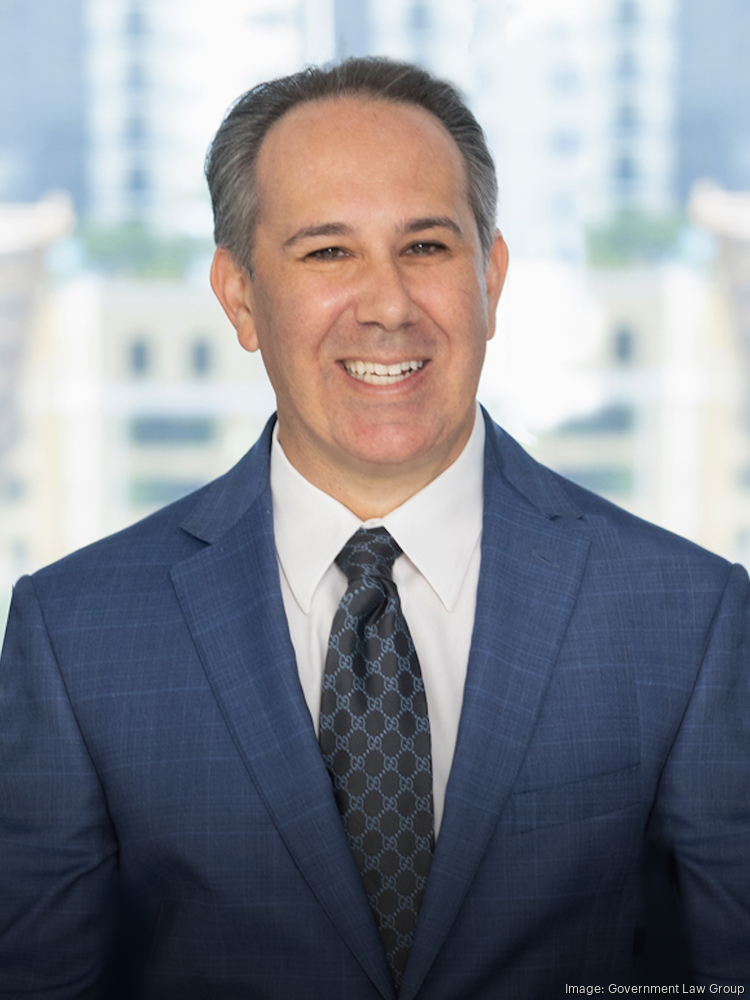Impact of affordable workforce housing law still being assessed by developers, experts

Keith Poliakoff, Government Law Group
GOVERNMENT LAW GROUP
It’s been more than a month since the passage of a statewide law that would grant developer massive building rights throughout Florida if residential units are reserved for workforce housing.
However, the true impact of the law, which won’t go into effect until July 1, is still being assessed by developers, planners, and attorneys.
“There is universal recognition that something needs to be done to build more affordable housing,” said Ana Bozovic, founder of Analytics.Miami and a governor at the Miami Association of Realtors. “But it’s still early. Developers need to get their heads around it.”
Edward “Ned” Murray, associate director of the Jorge M. Perez Metropolitan Center at Florida International University, said the legislation is certainly a “big deal.” But with rises in land costs, insurance costs, and insurance rates it isn’t clear if the incentives will be enough for builders to construct more affordable housing.
“It’s hard to say at this point until the projects come forward,” Murray said.
Senate Bill 102, also known as the Live Local Act, provides money, tax breaks, and generous zoning for developers who include affordable or workforce housing in their projects.
Among some of the provisions of the law:
An infusion of $771 million in funding for affordable housing projects via the Florida Housing Finance Corporation.
Requires counties and municipalities to authorize multifamily and mixed-use residential projects on any land that is zoned commercial, industrial, or mixed-use if at least 40% of a residential project is reserved for people making below 120% of an area’s median income (AMI). If the project includes office and retail, 65% of the residential units must be reserved for households making below 120% AMI. Those projects will be approved by an administrative level and won’t come before an elected body for a vote.
Grants those developers the maximum density (i.e. units per acre) within that city or county as well as the maximum height limit within a mile of that project.
Allows developers to pursue Live Local Act building rights if just 10% of a project is reserved for people making below 120% AMI with approval by a county or city commission.
Keith Poliakoff, an attorney with Fort Lauderdale-based Government Law Group, said the incentives alone are enough to make it profitable for developers to build attainable housing in even expensive coastal areas. “The bonus densities and height equalized the playing field,” he said.
The law also annihilates local zoning regulations designed to restrict development. This includes a charter amendment in Miami Beach that requires voter approval for increases in density that’s been in effect since the late 1990s.
“If someone has an industrial, commercial, or mixed-use zoned property, they would be crazy not to consider utilizing this law. This enables them to redevelop their property to the maximum value,” Poliakoff said.
However, many of the provisions of the law are still unclear, Poliakoff said, and he anticipates a lot of cities, and people, will challenge the law in court.
“There is a lot grumblings out there and it is not just people worried about height and density coming into an area,” Poliakoff said. Another major issue is the future of infrastructure. “There is nothing in the law to require or verify that there is enough water and sewer to support the new development,” he added.
Article Link: Impact of affordable workforce housing law still being assessed by developers, experts
Author: Erik Bojnansky
